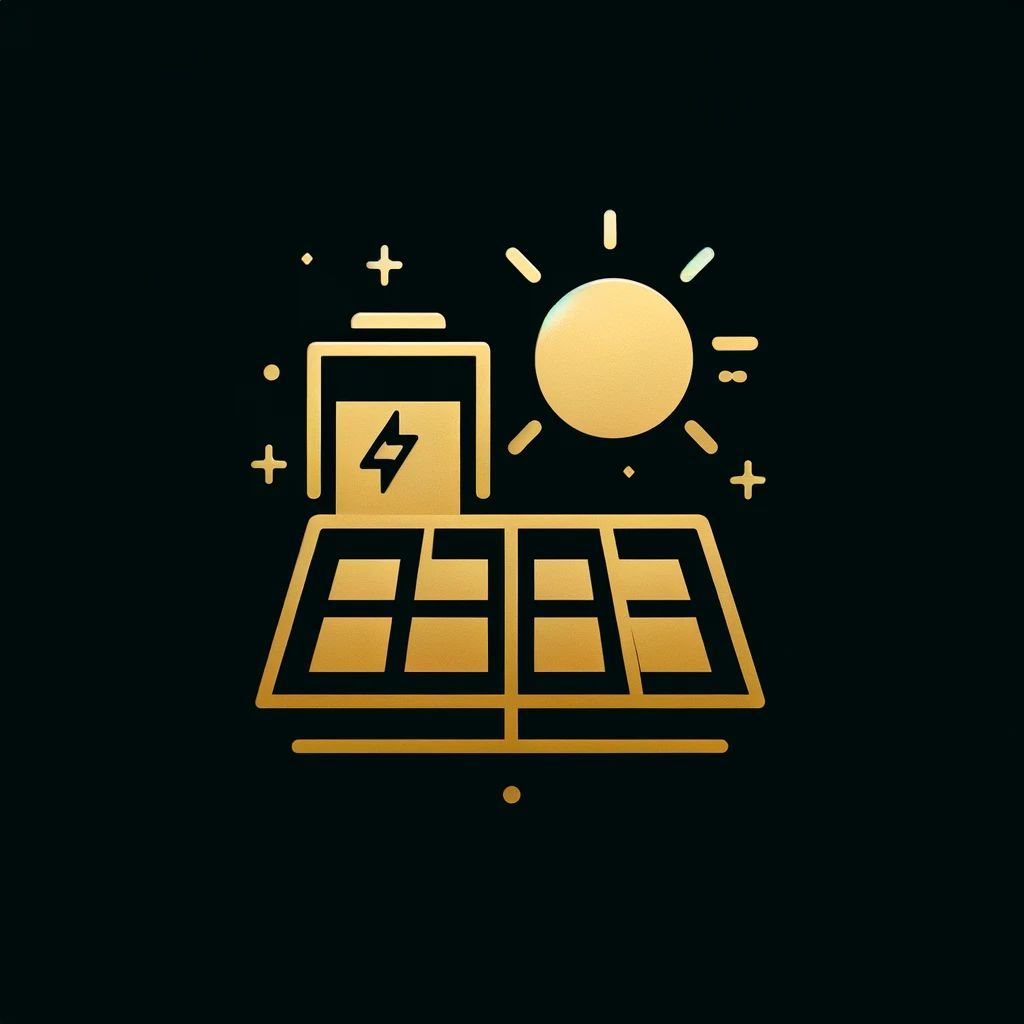Solar Repairs and Maintenance
Eastbourne Energy repair and maintain solar panel systems across the south east.
Our dedicated team specializes in diagnosing and fixing issues quickly, ensuring your system operates at peak efficiency all year round.
From routine inspections to emergency repairs, we keep your solar panels performing at their best, saving you money on energy bills while extending the life of your system.
Solar PV problems and how to fix them
Get expert help on how to solve the most common issues owners have with the Solar Panel Systems.
Solar Photovoltaic system; often shortened to Solar PV or just Solar Panels are generally very reliable if installed correctly and require very little maintenance. However sometimes things do go wrong.
You'd only normally realise that there's an issue if for instance all of a sudden you're electricity bills are creeping up to levels your not used to or you've recently given in a meter reading for your Feed In Tariff and the reading is very low or even worse, the same as it was for the last reading 3 months ago!!
So what can you do about it and what's the cheapest way to fix it.
We've set out below some of the most common issues people have with their Solar Installations with some easy things to check first before calling out a Solar company to diagnose further.
Solar Panel Problems
Solar panels have no moving parts and it's very uncommon for you to have issues with the panels themselves. Panels can be damaged by for example birds dropping debris onto them or birds building their nests underneath them which can cause serious problems if not dealt with.
Poorly fitted panels with poor connections between the panels can cause isolation errors where water can get in.
The majority of issues with Solar Panels Systems is with the Solar Inverter which does the majority of the work in converting the power generated by the panels from DC to AC.
It's important to keep a check on your system from time to time to make sure it's working at it's full potential. Systems are often sold as fit and forget which means you might only realise there's an issue by accident or a sudden increase in your energy bills.
Low Solar Output
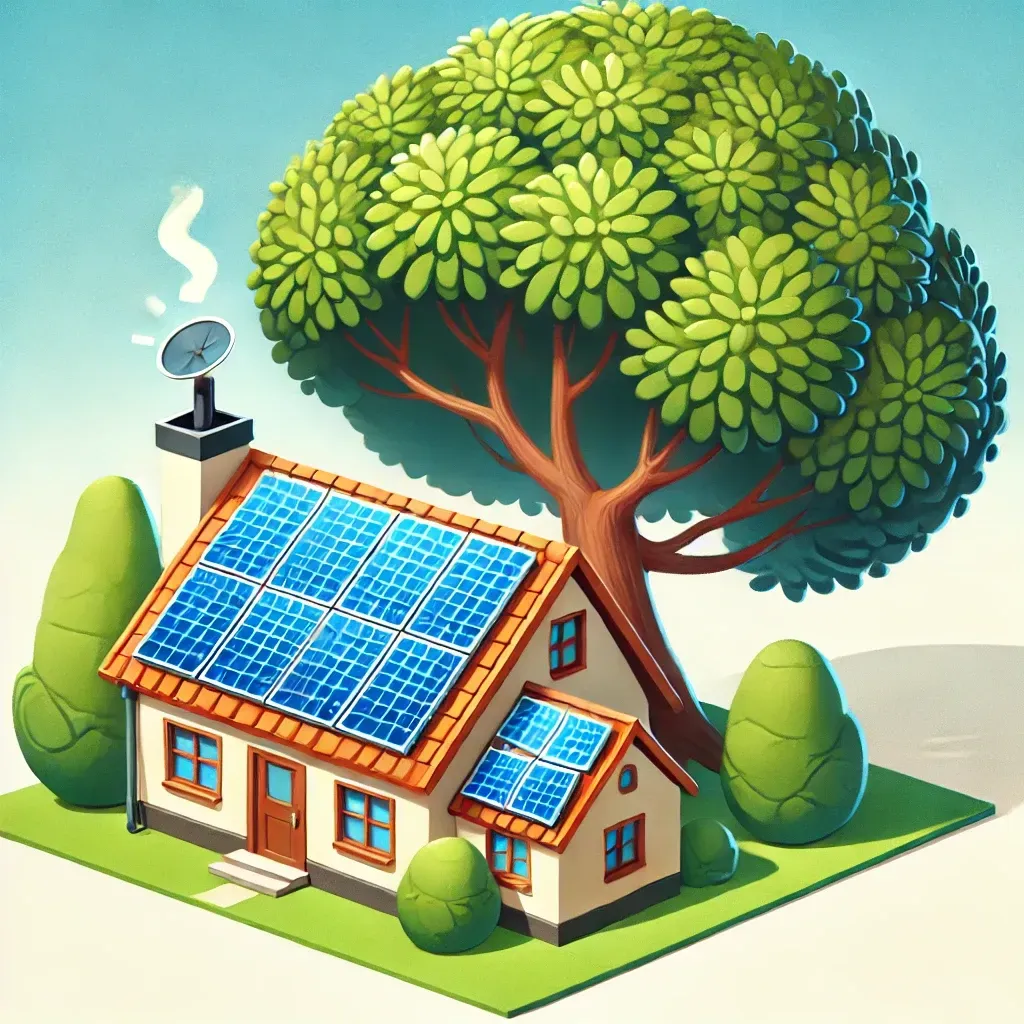
Solar Panels work best when they can get direct sunlight across the whole string of panels. Trees and buildings in the sunpath will have a negative effect on the generation. You can mitigate these effects by correct string designing, using DC optimisers or using a Microinverter system.
Isolation Faults
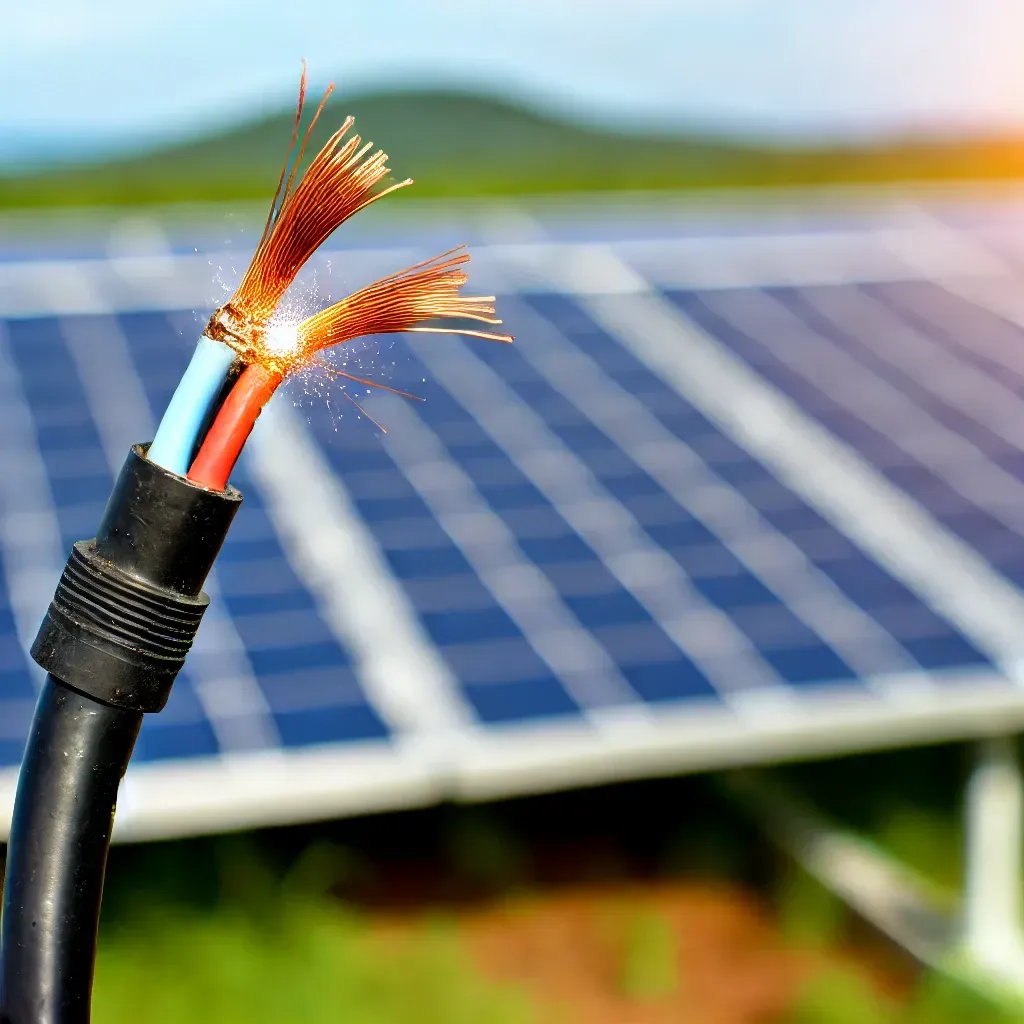
Solar panel isolation faults occur when there's a breakdown in the electrical insulation on the DC cables. This results in current leakage which will be detected by the inverter and the inverter will shut down.
This can be caused by moisture, damaged cables or deterioration of the insultation on the cables over time.
This requires a professional to diagnose the cause of the issue as Solar DC cables carry very high DC voltages.
Faulty wiring connections
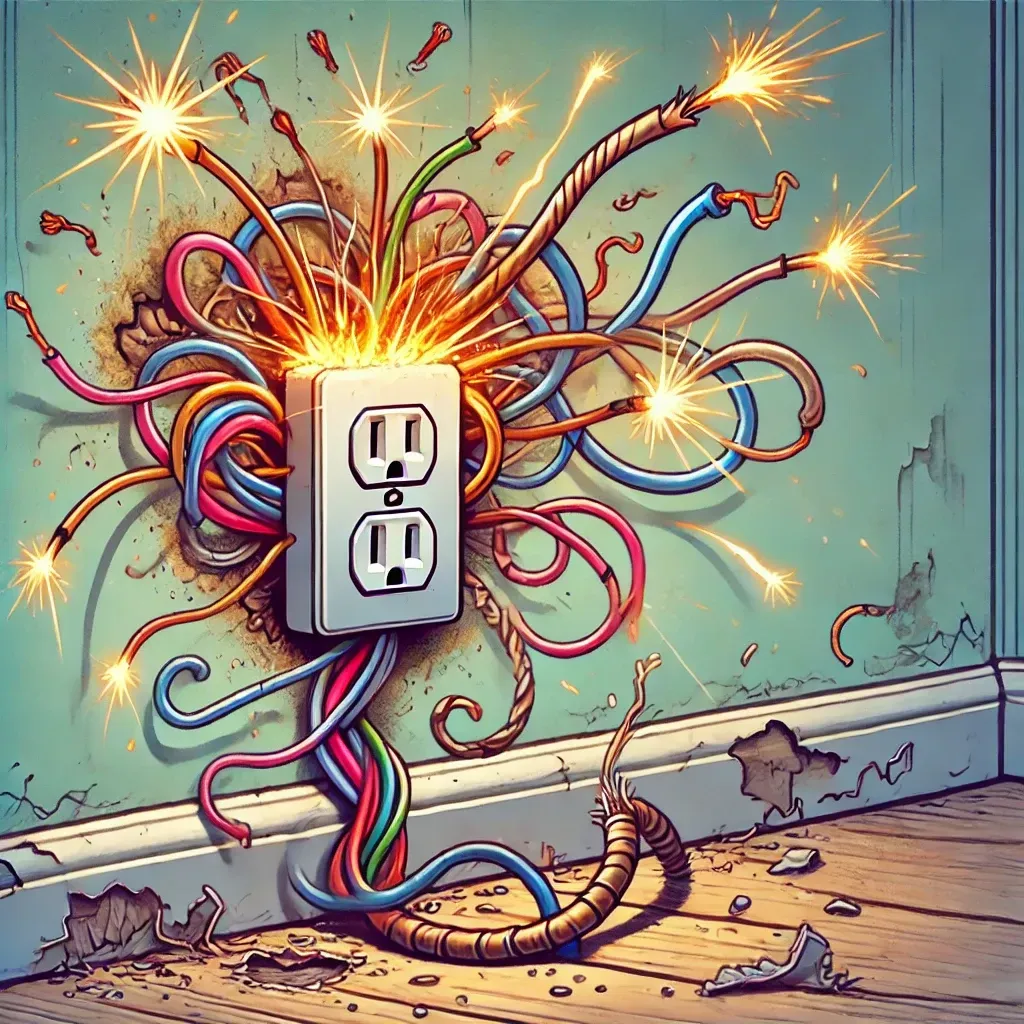
Improperly connected DC and AC wiring can cause resistance which reduces the flow of the electricity. It can also cause the cables to overheat and cause electrical arcing. Professional help is always recomended when dealing with bad wiring.
Solar Inverter Problems
Solar Inverters can experience a variety of issues including overheating, Isolation faults, error codes, faulty wiring, low output and grid faults. Correctly diagnosing these issues will ensure that your Solar Inverter works at it's peak and generates the electricity you need to run your home or business. The inverter is responsible for converting the DC electricity your solar panels produce into useable AC electricity for your home or business.
It's an integral and important part of every system and will usually be the first part to fail. The lifespan of a typical Solar Inverter is around 10 years.
There are numerous different types of Solar Inverters including String Inverters, Microinverters, Hybrid Inverters and DC optimised Inverters which are manufactured by a company called Solar Edge.
The cost to replace an Inverter will depend on the current rating of the existing inverter, the quality of the current installation and bringing it up to current regulations. For a standard string 4kW inverter, for a straight forwards swap over, you should expect to pay around £600+VAT.
Overheating Inverters
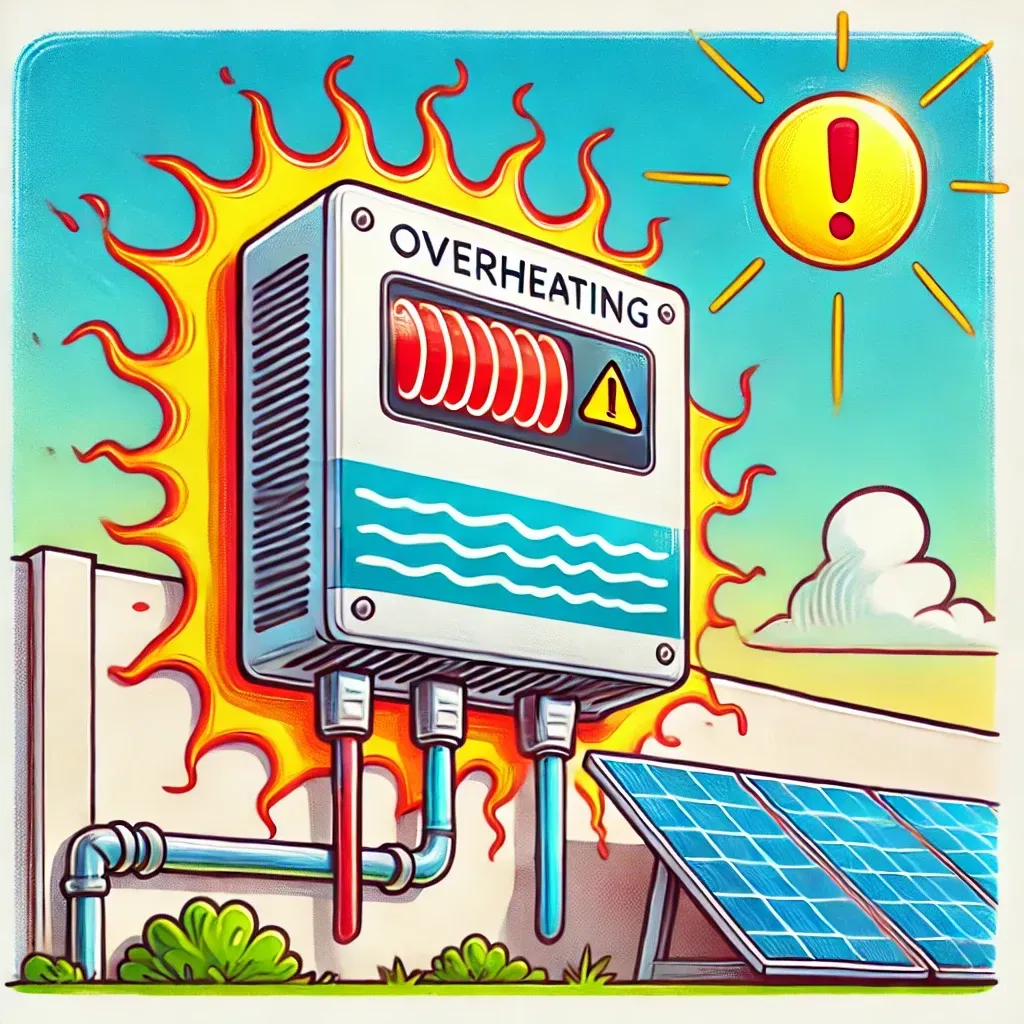
Many inverters are fitted in lofts with little to no airflow. In most cases in the UK this isn't normally an issue but on very hot days it can affect the efficiency of the inverter.
Fitting some tiles vents can help the airflow in the loft keeping the inverter cooler. You could also consider fitting a fan next to the inverter on a timer switch or go even further and rig up a temperature switch that automatically turns the fan on.
Inverter Error Codes
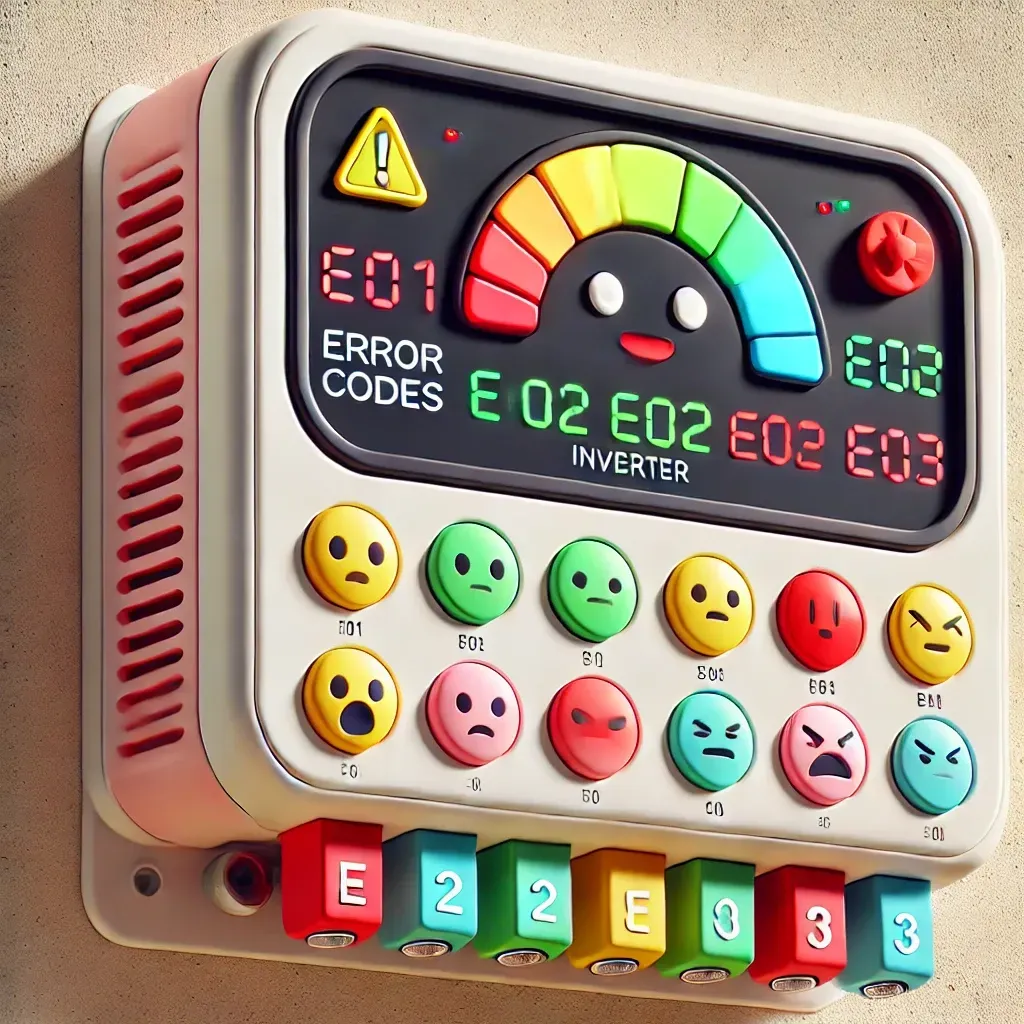
Most Solar Inverters will output an error code onto it's LED screen when something is wrong. This is useful to help to diagnose what the issue is.
Some error codes can be cleared by simply power cycling the Solar PV system by turning off the DC and AC isolators however if the codes return, it would be better to reach out for professional help.
Faulty wiring connections

Improperly connected DC and AC wiring can cause resistance which reduces the flow of the electricity. It can also cause the cables to overheat and cause electrical arcing. Professional help is always recomended when dealing with bad wiring.
Grid Faults
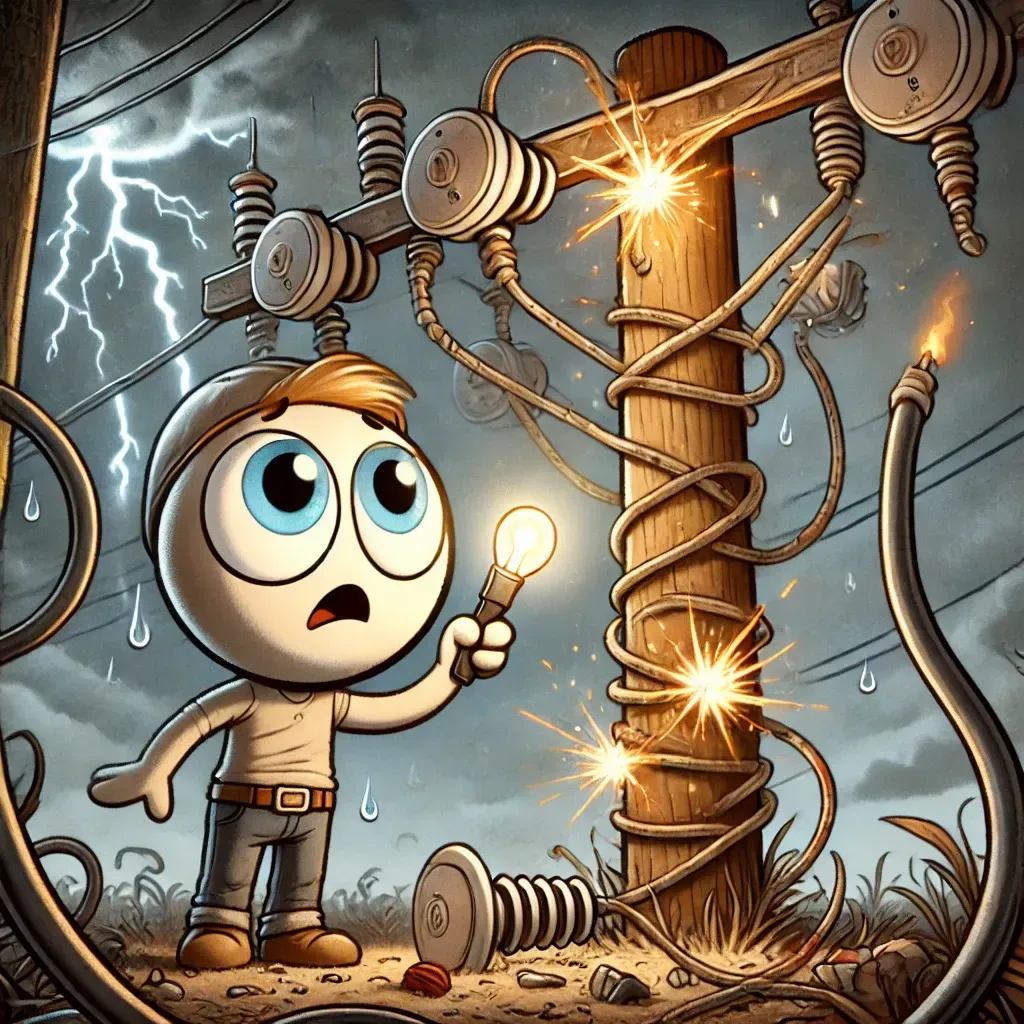
Solar Inverters are typically connected to the mains grid and when the grid is having problems, this can effect your inverter.
The most common kind of fault is over voltage from the grid which is common on nice sunny days when lots of people are pushing their electricity back onto the grid which in turn increases the local voltages which can knock the inverter our for 10 minutes. If this doesn't happen very often, it's normally fine to let the inverter do it's thing, however if this is more common, this needs to be reported to your local DNO.
Solar Battery Problems
With the recent increase in electricity bills caused by the Ukraine and Russian conflict the uptake of Solar Battery installations has sky rocketed in the last couple of years.
With an influx of new technology and often a lack of knowledge by installers, many customers have battery systems connected that are not working properly.
Common issues we see are incorrect matching up of Solar Inverters with incorrect battery types, CT clamps around the main incoming tails into the property being fitted the wrong way around and incorrect settings on Inverters.
Many of these issues are very easy to fix and with many Solar Inverters being internet connected nowadays customer are normally aware there's an issue.
Correct Battery Settings
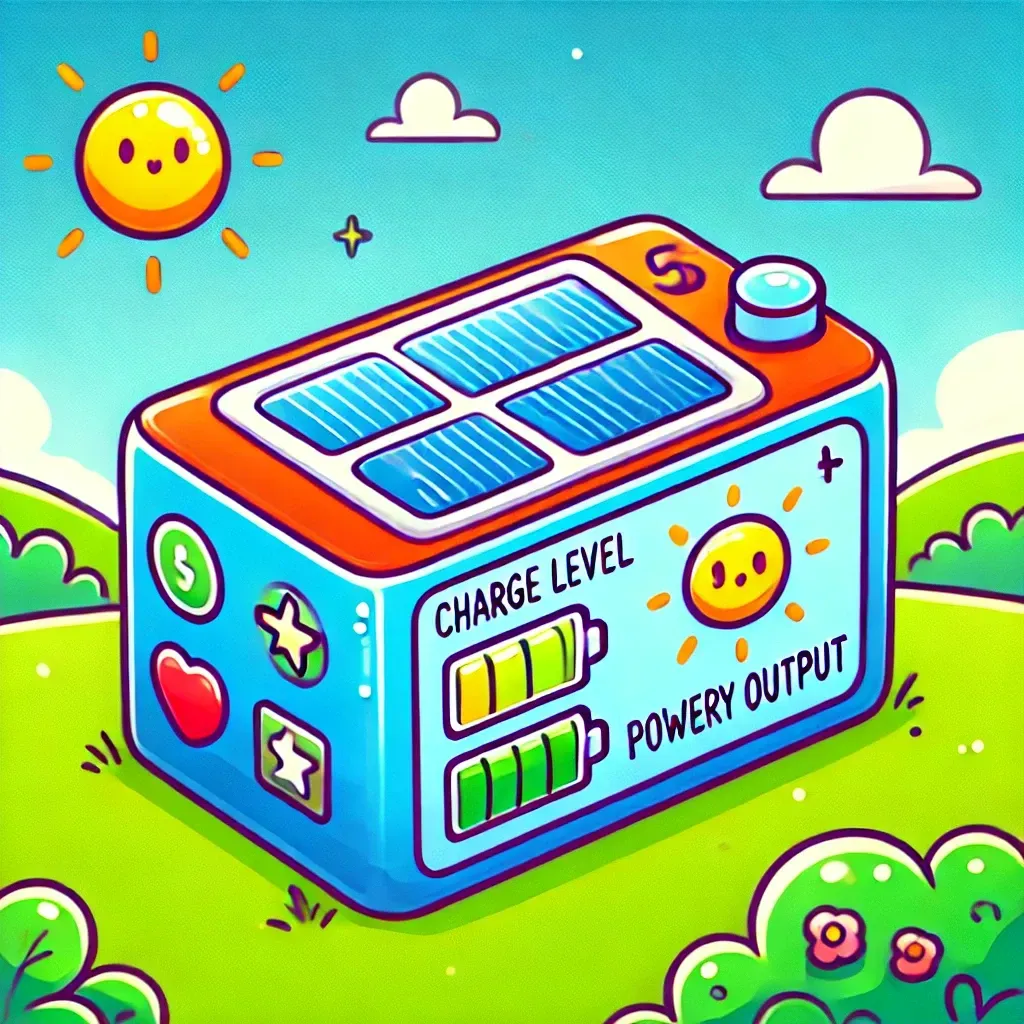
Many Solar Battery systems are set up properly but from our experience many are not. We've seen examples of incorrect battery parameters being set which can cause issues with charging and discharging; we've seen systems set up to export all of the electricity a system generates rather than to power the house first, then the battery and then finnaly power back to the grid. It's always worth speaking to us if you think your system has not been set up correctly.
Incorrect wiring connections

Batteries can typically be set up in series or parallel; connecting your batteries in series increases the voltage but keeps the capacity the same whereas connecting your batteries in parallel will increase the capacity. Most issues with batteries not working properly is caused by the communications between the inverter and the BMS on the battery, this is typically caused by an incorrect cable being used.
Our Address
Unit 8, Mountney Bridge Business Park
Eastbourne Road
Pevensey and Westham
BN24 5NJ
Our Contact Details
hello@eastbourne.energy
